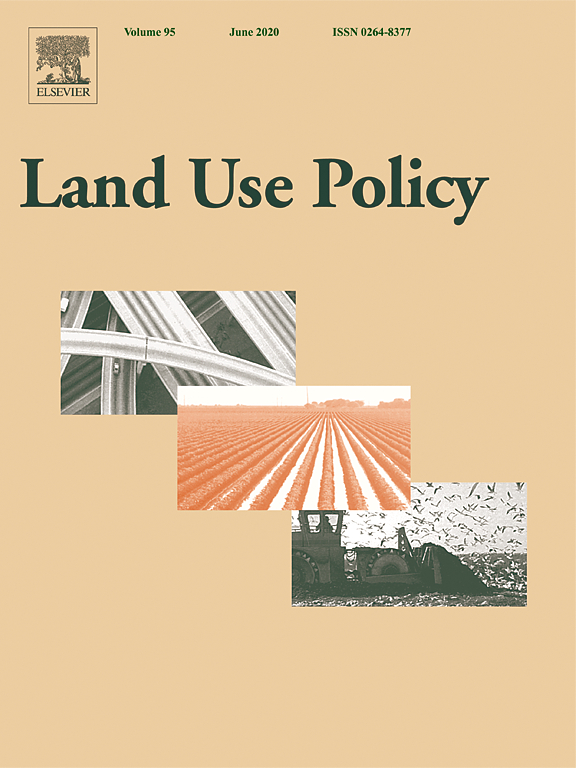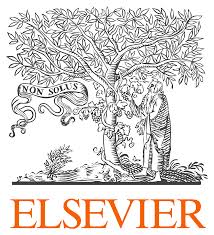Location
Land Use Policy is an international and interdisciplinary journal concerned with the social, economic, political, legal, physical and planning aspects of urban and rural land use. It provides a forum for the exchange of ideas and information from the diverse range of disciplines and interest groups which must be combined to formulate effective land use policies. The journal examines issues in geography, agriculture, forestry, irrigation, environmental conservation, housing, urban development and transport in both developed and developing countries through major refereed articles and shorter viewpoint pieces.
Land Use Policy aims to provide policy guidance to governments and planners and it is also a valuable teaching resource.
ISSN: 0264-8377
Members:
Resources
Displaying 156 - 160 of 279Modelled impacts of policies and climate change on land use and water quality in Austria
Climate change is a major driver of land use with implications for the quality and quantity of water resources. We apply a novel integrated impact modelling framework (IIMF) to analyze climate change impacts until 2040 and stakeholder driven scenarios on water protection policies for sustainable management of land and water resources in Austria. The IIMF mainly consists of the sequentially linked bio-physical process model EPIC, the regional land use optimization model PASMA[grid], the quantitative precipitation/runoff TUWmodel, and the nutrient emission model MONERIS.
Recent transformations of land-use and land-cover dynamics across different deforestation frontiers in the Brazilian Amazon
After forest governance reforms by the Brazilian government, Amazon deforestation rates dropped by almost 80% between 2004 and 2012. Since then, however, deforestation has slowly increased again, casting doubts on the long-term sustainability of past conservation policy achievements. Clearly, deforestation rates and the associated local drivers of land-use and land-cover change differ considerably across the region, and adapting public policies to dynamic local contexts and actor constellations remains a major challenge for decision-makers.
Exploring the socioeconomic and ecological consequences of cash crop cultivation for policy implications
Cash crops have kept expanding at an accelerating rate across the globe during the last decades. It therefore requires elaborate efforts to examine the socioeconomic and ecological consequences of cash crop cultivation. With a case of the Hangzhou region in subtropical China, this paper investigated the dynamic patterns of four cash crop types (tea, fruit, mulberry and nursery) at town level by using aerial photos; and then quantified the subsequent socioeconomic and ecological consequences using spatial regression.
Quality of life in a “high-rise lawless slum”: A study of the “Kowloon Walled City”
Informed by the ‘quality of life’ model with specific reference to Chinese culture, this article uses reliable and publicly available information seldom used in historical or heritage study to identify the designs of flats and builders of the “Kowloon Walled City” (hereafter the City) and reliable oral testimonies to refute some myths about the quality of life within it. This settlement has been notoriously misrepresented by some as a city of darkness that was razed from the face of the Earth before 1997 to fulfill a pre-war dream of the colonial government.
To leave or not to leave? Understanding determinants of farmers’ choices to remain in or abandon agri-environmental schemes
Effectiveness of Agri-Environmental Schemes (AESs) as tools to enhance the rural environment can be achieved not only by increasing uptake rates, but also by avoiding participating farmers abandoning the scheme once they are in. For this reason, it is important to also consider what affects farmers’ decisions to remain in the scheme rather than leave it at the end of the contractual obligation. However, up to now, there has been very little on this issue in the literature.



